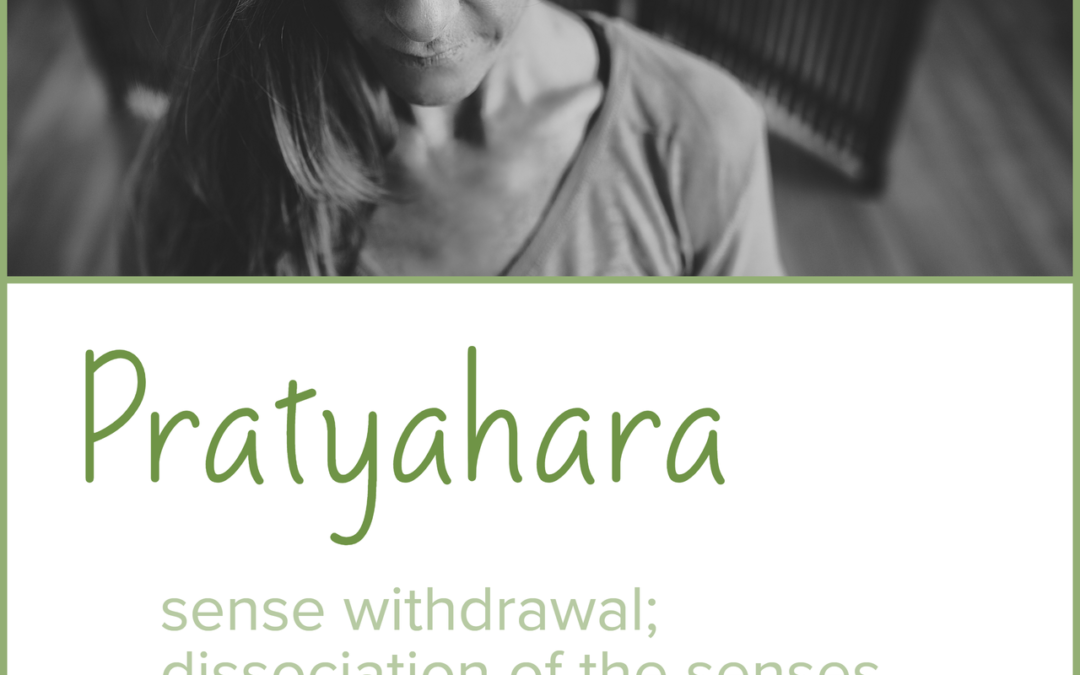Pratyahara, the fifth limb of yoga, invites us into the quieter, more subtle aspects of our practice. Often translated as “withdrawal of the senses,” pratyahara asks us to look inward, beyond the constant pull of external distractions, and cultivate a deep sense of stillness. It is about muting the senses—learning to quiet the constant stream of external stimuli that often pulls our attention away from the present moment.





